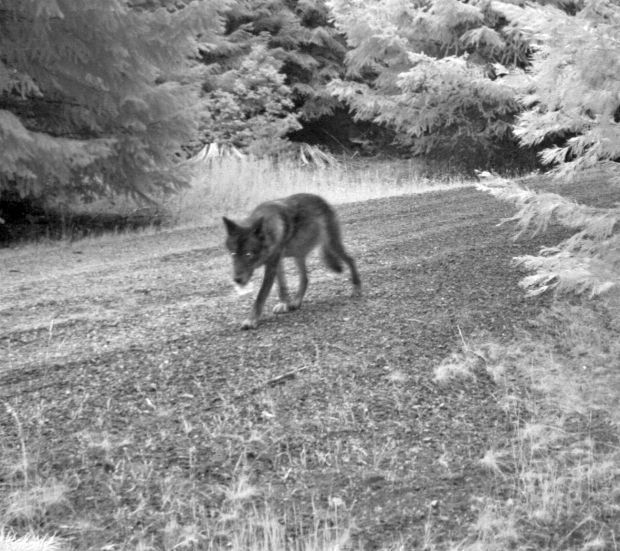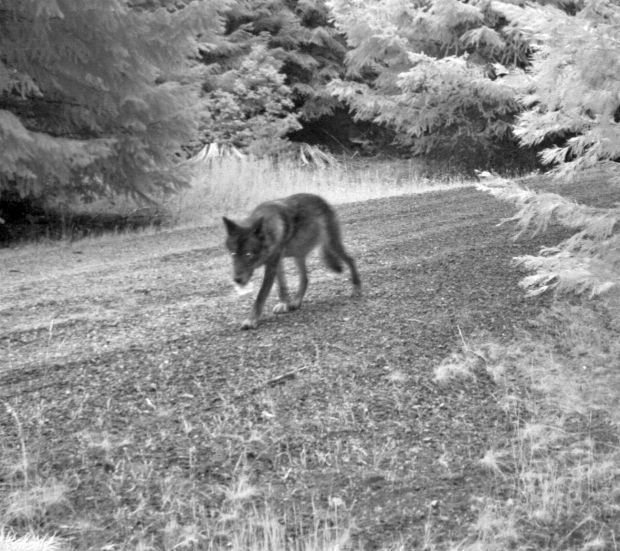
Our National Parks Need Our Sacred Resource Protection Zone!
A lot of people talk about the important role federal and state lands play in protecting wolves.
But Diane Boyd, a wolf and carnivore specialist, said those public landscapes often are at high elevation and don’t harbor wintering populations of deer and elk.
In fact, the scientist said Wednesday that wolves need both private and public lands protected, and the private swaths are critically important.
“They hold the key, in addition to the federal lands, to maintaining grizzly bears, wolves, elk, deer, everything,” Boyd said.
Boyd made her remarks at the University of Montana W.A. Franke College of Forestry and Conservation at a seminar to honor the late Bob Ream. Ream, who died in March 2017, was a UM professor, state legislator, and chair of both the Fish and Wildlife Commission and the Montana Democratic Party.
To a standing-room-only audience in a large classroom in the forestry building, Dean Tom DeLuca said many people in attendance knew Ream as a faculty member and dean of the college.
“Bob was a very influential researcher and teacher here at Montana,” DeLuca said. “His work with wolves left a legacy that Diane is going to share with us today.”
In her talk, Boyd discussed her hope that conflicts among interest groups will decrease. She outlined the incredible trajectory of wolf recovery in Montana, and she shared her suspicion that human harvest is having an impact on the wolf population.
Ream was Boyd’s mentor starting in 1979, she said. She was a misanthrope who spent most of her time in the field with wolves, and some time sleeping on the couch upstairs.
“This is home for me,” she said of the forestry building.
She kicked off the seminar with a brief review, or “wolf ecology 101.” They’re social carnivores, obligated to hunt as a pack, “terrific” at dispersing, highly territorial, and “breed like rabbits if conditions are right.”
Most importantly, though, they’re highly adaptable, Boyd said. At one point, wolves had the largest distribution of any mammal on the planet with the exception of humans.
By the 1930s, though, wolves were mostly wiped out in North America, and the last of the loners was gone by maybe 1950, she said. Then, in 1973, the Endangered Species Act passed and granted them protection, and with it came Ream’s vision for the Wolf Ecology Project to track the animals’ recovery.
In 1979, Boyd said a lone female wolf trotted south from the Canadian border, and no one but Ream knew she had arrived. He and a couple of researchers captured her and put a radio collar on her, and the wolf, Keshnina, eventually mated and produced a litter of pups in 1982.
Wolf recolonization occurred in Northwest Montana through dispersal, and not through human reintroduction, Boyd said. In a short time, the population began to expand, and in 1986, researchers found the first den in the western United States in 50 years.
“We got the gold nugget,” said Boyd, with Montana Fish, Wildlife and Parks.
The wolf recovery plan called for reintroduction in central Idaho and Yellowstone National Park. But Boyd said she and Ream opposed reintroduction, noting wolves were already dispersing well on their own.
“If wolves get there on their own, they’re better tolerated by local communities instead of the government shoving it down their throats,” she said.
Nonetheless, in 1995, 1996 and 1997, scientists introduced 31 wolves in Idaho and 35 in Yellowstone, she said: “It was successful beyond belief.”
The recovery goals were met in 2002, and wolves were delisted in 2011 in Montana, Idaho, Oregon, Washington and Utah.
At the end of 2016, Montana counted at least 477 wolves, compared to the 150 it had as a recovery goal, she said. The state counts 109 packs, and 50 breeding pairs compared to the recovery goal of 15. It counted 255 wolves harvested that year, and 57 livestock confirmed killed by wolves. It paid out $60,000 in livestock losses.
The growth, from one wolf in 1979 to 109 packs in 2016, is significant.
“We’re way above what is federally and statewide mandated, but the trend has been going down,” Boyd said.
Wolves need three things to survive, she said: wild ungulates; large, undeveloped landscapes and freedom from persecution.
“Truly, wolves would live anywhere that we would tolerate them,” Boyd said.
Since 2011, though, wolves have been hunted in Idaho and Montana, and Boyd said she believes it’s having an impact. She said an estimated 80 percent to 85 percent of wolf mortality is human-caused, some legally.
“I believe that the human harvest is significant enough it’s causing a slow and steady decline,” she said.
For one thing, killing alphas changes pack dynamics, she said.
Much information from the field is coming from hunters. A hunter that’s been in one area for 30 years might have observed one large pack in the past with 10 or 14 animals, but now may see three smaller packs instead, for example.
“Everywhere you go, you see wolf tracks, but they’re smaller packs,” she said.
To survive, she said, wolves need large, undeveloped land, and private landowners are key, as is a livestock reimbursement program. Generally, she said, she wants to see less conflict among interest groups.
“I don’t want to make bad guys out of anyone,” she said. “There is a middle ground, and there is a way to make it work.”
Source: Wolf specialist Diane Boyd: ‘You have to make it work in the middle’ | Local | missoulian.com
